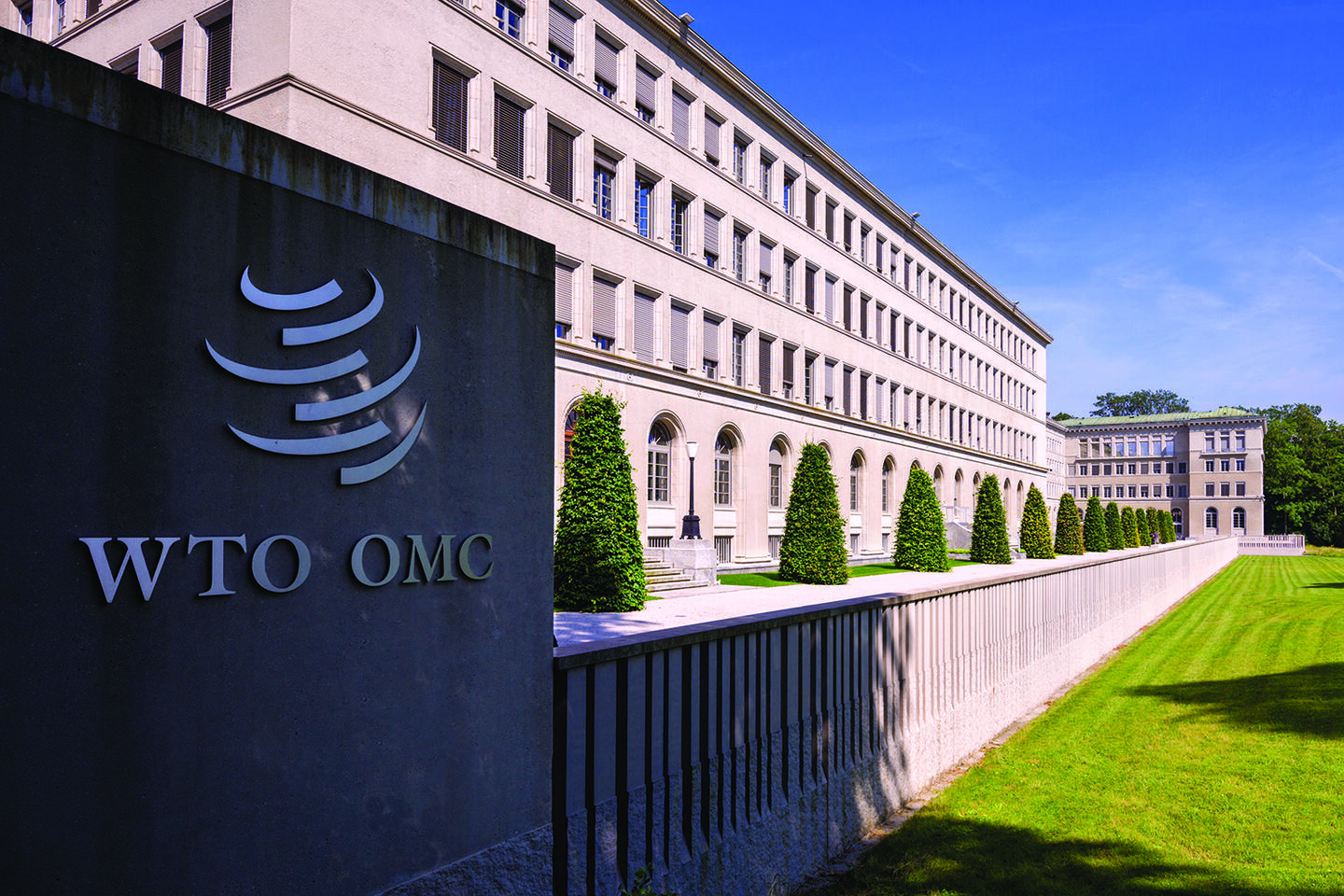
Regional trade agreements: challenges and opportunities
Proliferation of trade accords has potential to increase trade – and make trade relations more complex
In sharp contrast to only 25 regional trade agreements (RTAs) notified to the General Agreement on Tariffs and Trade (GATT) and still in force*, today there are 290 RTAs notified and in force around the world. RTAs have also become more ambitious over time, frequently including not just tariff liberalization between the parties but also other issues. Today over half of all RTAs notified contain commitments to liberalize trade in goods, services and investment. Moreover, World Trade Organization (WTO) members remain actively involved in negotiating new RTAs, suggesting the rapid growth of such agreements since the early 1990s is set to continue.
While RTAs are permitted exceptions to multilateral rules, the proliferation of such agreements raises new challenges for international trade. By liberalizing trade in goods and services, RTAs can increase trade between parties but also result in increased discrimination against all other WTO members. In addition, they introduce rules and regulations in related issues, such as standards, trade defence and rules of origin to name just a few. These have the potential to also increase discrimination against non-RTA partners and make international trade more complex for exporters and importers.
RTAs increasingly go beyond market access in goods or services. They include provisions not traditionally associated with trade agreements such as competition, government procurement, environment and labour. Among RTAs notified to the WTO, 50% contain provisions that liberalize investment, over 70% have provisions on competition, 66% on government procurement, 57% on the environment and over 30% on labour.
‘Thus, such agreements are increasingly defining new rules that govern trade between their parties and are not extended to all other WTO Members. Furthermore, for some of these issues, there are no existing WTO rules governing international trade. The inclusion of these provisions suggests there is increasing divergence between existing WTO and RTA rules. This is another challenge for the multilateral trading system, first because it makes WTO rules less relevant for some trading partners and second because WTO members that are not part of the network of RTAs are increasingly excluded from these rules.
With regard to the first challenge, recent research by the WTO Secretariat suggests that for some provisions, the divergence may be less marked as RTAs generally tend to reiterate WTO rules. In anti-dumping, safeguards and to some extent standards and sanitary and phytosanitary measures, most RTAs maintain the parties’ WTO rights and obligations. In other areas, even though RTAs create new rules, many parties tend to follow a similar approach which is common to all or most of their RTAs. This ‘template’ approach might, to some extent, reduce the extent of the divergence.

However, where there are no existing WTO rules yet such as for competition, environment, labour, small and medium-sized enterprises (SMEs) and gender, the potential for different rules applying to different trading relationships is more of a danger. Even for such issues, however, new rules created in RTAs are more likely to be implemented by the RTA parties on a non-discriminatory basis for practical reasons. Other provisions such as accession clauses allow third parties to join existing RTAs. For example, the CPTPP is an enlargement of an existing RTAs (Trans-Pacific Strategic Economic Partnership) between Brunei, Chile, New Zealand and Singapore. Similarly, RTAs that permit a certain percentage of a good to contain inputs from third parties and still qualify for preferential treatment allow producers to maintain their existing production chains.
With regard to the second issue mentioned above, it is especially challenging for developing countries, many of which find themselves outside RTA networks and production and value chains. An important exception to this is the efforts to implement the African Continental Free Trade Agreement (AfCFTA), which brings together 49 African countries and aims to liberalize barriers to trade in goods and services. While it has been ratified thus far by only 13 countries, it has the potential to significantly reduce barriers to trade, especially those affecting intra-African trade.
Research by the United Nations Economic Commission for Africa (UNECA) in November 2018 suggested implementation of the agreement would result in 1% GDP growth and overall export growth of 3%. The biggest impact would be on intra-African trade, which would increase to over 50% (and even higher for some economies) depending on the ambition of liberalization. Provisions to be negotiated in a second phase, such as investment, competition and intellectual property rights, would further strengthen regional integration in Africa.
To conclude, RTAs are likely to continue to increase both in number and coverage, while certain aspects of RTAs will continue to discriminate against trade from third parties. They therefore remain a second-best option compared to the multilateral rules which apply to all WTO members. However, certain aspects of RTAs, notably the rules, tend to be non-discriminatory and therefore can be beneficial even for non-RTA parties. Policymakers would benefit from a closer examination of the impact of both types of provisions on global trade relationships and the international trade rules.



